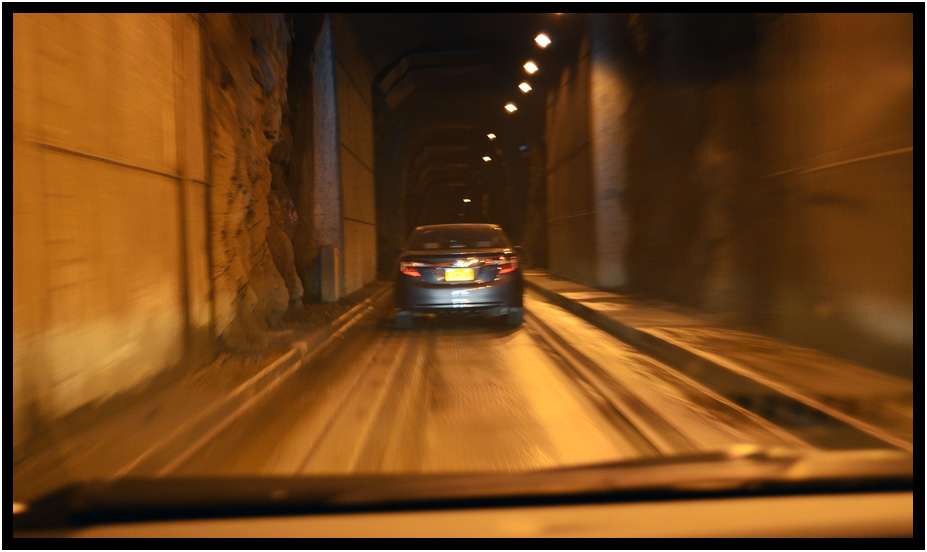ksanders
Moderator Emeritus
We'd launched from Whittier, AK
Very Cool!!!
Thread drift here but I spent six years working a slope schedule in Whittier maintaining the submarine fiber landing station there.
We'd launched from Whittier, AK
You'll like this Richard. It will bring back memories for you and your recent travels.
The post below was copied from another forum where I was posting live during a night crossing of the Gulf of Alaska. This is why we get to know our equipment...
I have to admit, its been a long time since I operated a boat at night. Imagine this...You're in a sea that is safe but moves the boat around quite a bit. OK you can imagine that. Now take away all of your visual references. You cannot see. You do not know when a wave is going to hit. But you learn. You get a feel for the rhythm. You begin to anticipate the next set.
This is a time when you live by your radar and your chart plotter, because this is is really all you have between you and danger. Unimaginable danger. The primal fear danger of not surviving. Right now this is my world. This is night shift on the MV Lisas Way.
Right now at this particular moment I am very happy that my Furuno Manual looks old and tattered. Why...Because I've read it. Not once, but many times, over a period of years. I know that equipment. I know that when the radar shows something it really exists. I know that when it shows nothing thats because nothing is out there. Because when your equipment is all that separates you from the darkest of times, having confidence in that equipment is all that keeps you sane.
Right now I'm in the middle of my 4 hour watch. Jamison is asleep in his bunk, and I am at the helm. I can see the tip of Kyak Island that we just passed. I can see a couple of shower cells on the radar. Other than that all is quiet on the MV lisas Way.
A bit of a funny story to share about how Captain Murphy can become a part of your crew when he's least expected.
Four of us were on my boss's boat. We'd launched from Whittier, AK on a five day "bear hunting trip" which was actually more of a "let's get away from work for a few days" trip. We'd gone over to Montague Island then up to Hinchinbrook Island and were just having fun. Sleeping on the boat, slow cruising during the day, just the guys having a good time.
On our last morning we set a course from Hinchinbrook Island back toward Whittier Inlet. We had plenty of time to make the trip then load the boat on the trailer and drive the truck/trailer onto the train to get out of Whittier.
This was back when there was no GPS. We had a compass and charts to go by and we'd done fine all week. On the cruise back to Whittier it started to rain. No problem, we turned on the wipers. After a few hours we should have reached Whittier but hadn't , and we kept seeing small ice bergs.
We kept going and started to get worried because we realized two things--#1 we had no clue where we were, and #2 we likely were going to miss the train.
After a bit the rain stopped and we turned off the wipers. When we did that the compass swung wildly. Only then did we realize that the wiper motor had set up an electrical field that froze the compass at the heading it was set to when we turned the wipers on. Now we were REALLY lost! We had no idea where we were or how to get to Whittier.
We finally found a small fishing boat and asked him where we were. He chuckled at our error and told us how to get to Whittier. We ran on plane all the way back there, loaded the boat in a hurry and barely made the train.
Lesson learned, and Murphy was released from duty!

Another way to practice is to block the pilothouse windows and run on instruments with an observer who can see to be a lookout.
I remember that post and the picture of your GPS in the dark! Little did you know that would all change with huge waves on your STBD beam!

I really liked those two stories.
And even I've taken the Whittier train.
So sad to see it go. I wonder who paid for it
To travel after dark or in the fog without a well functioning auto pilot is both foolish and dangerous to yourself and others. Without a horizon to judge your heading and rate of swing you are at a huge disadvantage.

It was done safely for centuries before autopilots were invented and is still done by many today, but I agree with taking advantage of the best available tools for the job at hand.
 +1
+1